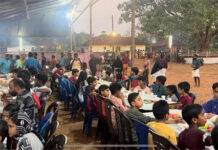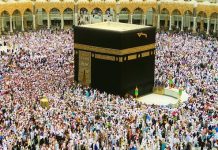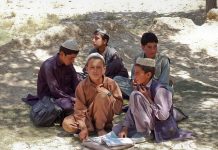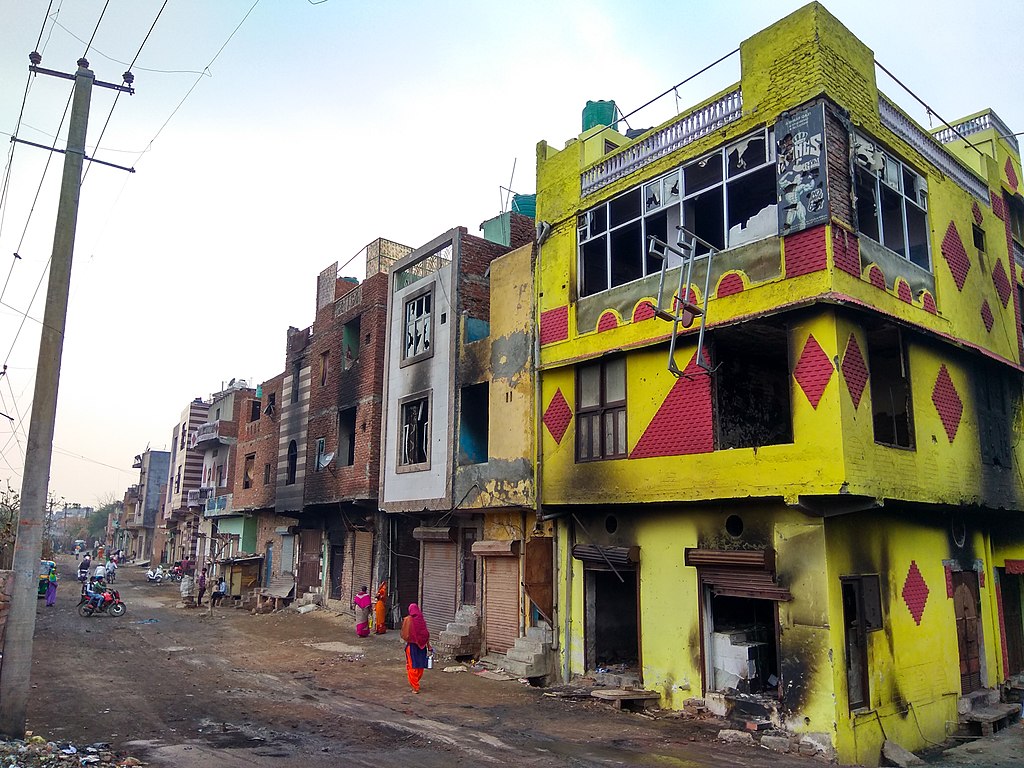Festivities are in the air at Delhi’s Jama Masjid and its neighbouring areas. With beautiful and eye catching decorations all around, the markets bustling with buyers and sellers, the aromas of delicious dishes, the resounding echoes of holy prayer and the hearts and minds of people all patiently and whole-heartedly observing the holy month of Ramadan. In this photo-essay we will take a walk in these narrow lanes of what is known as Purani Dilli to witness the magic that unfolds here.

Ramadan is a very special time for Muslims all across the world. The month of Ramadan is considered to be auspicious and holy and known to bring friends, families and even entire communities together. While for many followers, it symbolises an opportunity to reunite with loved ones and cherish the warmth of familial bondings, for others it can be a time for personalised and intimate engagement with the almighty, an opportunity for spiritual reflection and fasting.

For Muslims, Ramadan is a time for introspection, prayer(salat)in the mosque often as part of larger communities, reading of the Quran. It is believed that faithful and dedicated observation of Ramadan leads to God forgiving even one’s sins. Needless to add, one of the most important components here is fasting and the practice of self-restraint and the obligation to stay away from food, drink, immoral activities including unkind and impure intentions and sexual activity between dusk and dawn.Thus, when after the prayer that is offered during sunset, Muslims meet and gather in homes and mosques to break the long fast with a meal that is known as Iftar. Dates, sherbet and fruits are central here but a host of other delicacies(sweet and savoury) are prepared to enhance the sense of festivity and make the meal memorable.
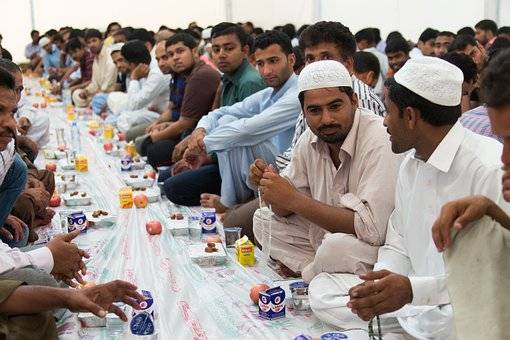
From delectable samosas, kababs, pakoras, biryanis, sheermals, shawramas to a wide variety of chicken and mutton dishes, you can find a wide variety of food preparations to enjoy especially during the month of Ramadan when the festivities are at their peak.


While delicious food items are centrally an attraction, it is the patience and dedication of the observing practitioners that is truly remarkable.

In families, the practice of reading the complete Quran during the month of Ramadan is common and children from a very young age are encouraged to develop the sense of discipline and dedication as is necessary during this holy period. However exceptions are made for those who are physically or mentally sick, children, extremely old and nursing/pregnant women.

The month of Ramadan like many other religious occasions also forms a strong metaphor for the transmission of religious and cultural heritage from one generation to another.

Be it in terms of cultivating discipline and dedication, observance of religious customs and rituals, imbibing identity markers and symbolisms or simply bonding over food and good times.

It is interesting to note here that the whole purpose of fasting can be dissolved if one eats/drinks at the wrong time but to seek forgiveness, one must compensate for the lost day with an extra day of fasting at the end of Ramadan. This is also applicable for someone who falls ill during Ramadan, is travelling for a long period of tome etc. All followers are also advised to generously participate in righteous acts like donating, almsgiving and feeding the poor and needy. The month of Ramadan comes to an end with Eid-al-Fitr (Feast of fast breaking) and on this special day people wear new clothes, special delicacies are prepared and relished, gifts are exchanged with one another and people come together for collective meals. This year, Eid is likely to be celebrated on April 21 or 22 according to the sighting of the Moon. Here’s wishing all our readers, Eid Mubarak!
Ananya Pathak writes on education and culture.


